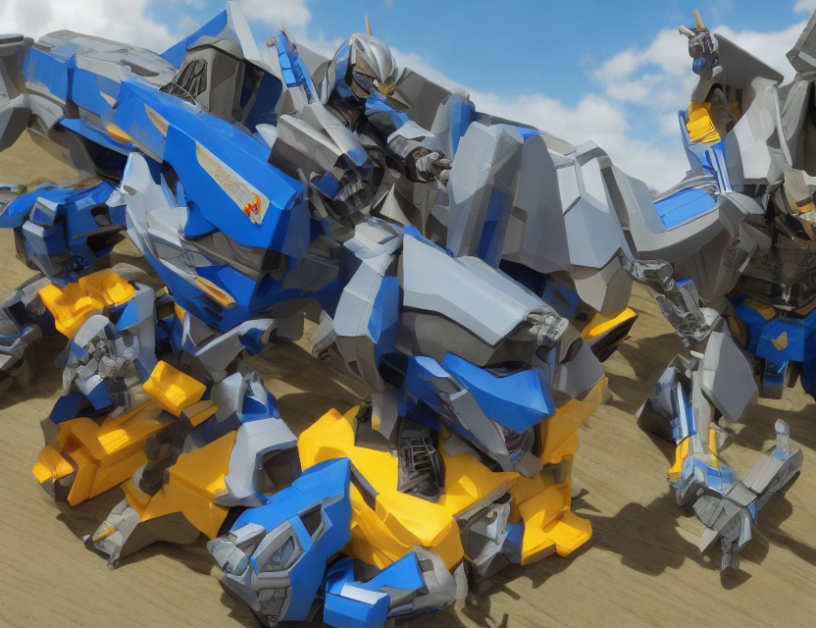The Transformer architecture has gained widespread attention in recent years due to its impressive performance in various natural language processing (NLP) tasks. However, its application is not limited to text-based problems only; it can also be used for graph-based problems. In this article, we will delve into the Transformer architecture and its adaptation for graph-based scenarios, aiming to provide a comprehensive understanding of the subject.
Adapting the Transformer for Graphs
The core idea behind the Transformer is to model the relationship between different parts of a sequence (or nodes in a graph) using self-attention mechanisms. In the context of graph-based problems, each node represents an agent or an object, and the edges connecting them represent their interactions or relationships. By applying multi-head attention to these nodes, we can learn how each node relates to others in the scene, leading to a more comprehensive understanding of the problem at hand.
Multi-Head Attention
At the core of the Transformer lies the multi-head attention mechanism, which compares and relates information from different parts of the sequence or graph. In simple terms, this mechanism is like having multiple agents (or attention heads) that inspect different aspects of the scene simultaneously, then combining their findings to form a unified representation. By doing so, the Transformer can capture complex contextual relationships between nodes in a more efficient and effective manner.
Encoder and Decoder
The Transformer architecture consists of an encoder and a decoder, each composed of multiple encoding blocks. The encoder takes in the input sequence or graph and generates a node embedding that captures high-level semantic information about the problem instance and the underlying graph representation. Meanwhile, the decoder uses this node embedding as input to predict the best policy for every agent in the scene, iteratively refining their policies based on the feedback from the encoder.
Node Embedding
The node embedding generated by the encoder represents each node in the scene as a vector in a high-dimensional space. This vector encodes information about the node’s context, such as its position and relationships with other nodes. By applying multiple attention mechanisms to these vectors, the decoder can learn how each agent should interact with its environment to achieve a desirable outcome.
Conclusion
In conclusion, the Transformer architecture has proven to be a powerful tool for solving graph-based problems in various domains. By adapting the self-attention mechanism to the context of graphs, we can learn complex contextual relationships between nodes and make more informed decisions. Although the Transformer may seem like a mysterious black box at first glance, demystifying it through simple analogies and language helps us understand its inner workings and appreciate its potential for tackling challenging problems in NLP and beyond.



